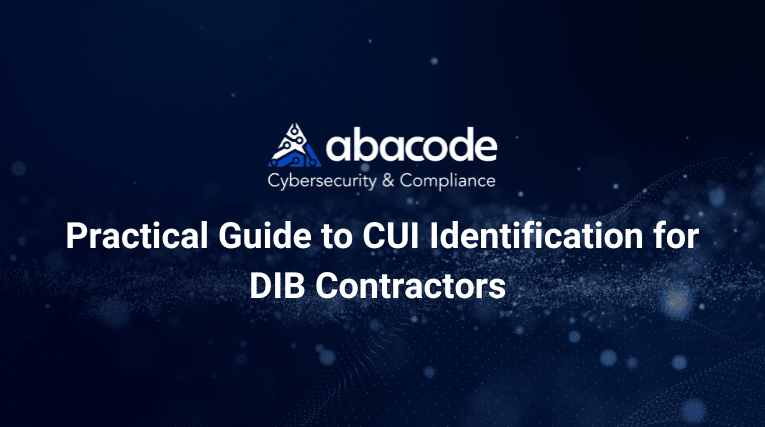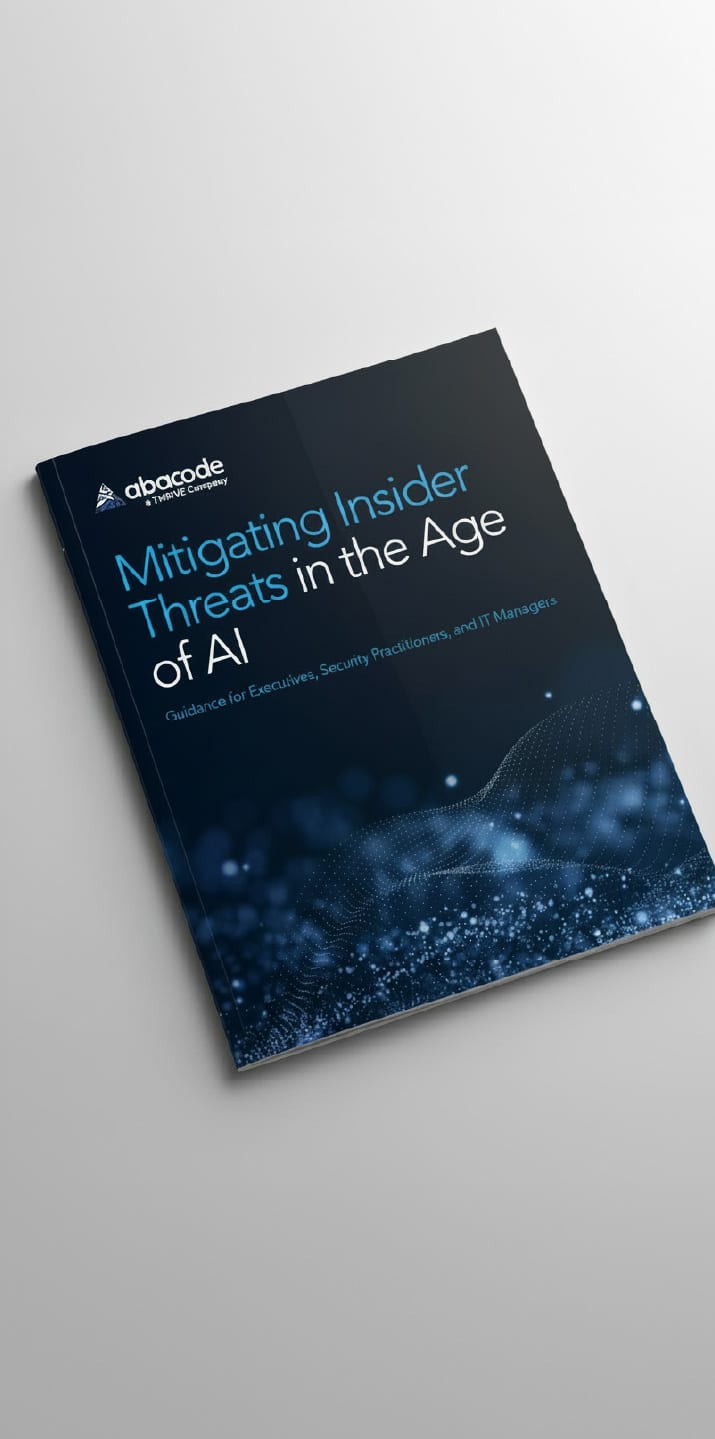As defense contractors prepare for Cybersecurity Maturity Model Certification (CMMC), one of the most crucial and often challenging steps is properly identifying Controlled Unclassified Information (CUI). As the DOD holds the responsibility of labeling CUI, it’s important to understand what CUI could possibly be, even if it isn’t properly labeled. Let’s explore how organizations can effectively identify, mark, and handle CUI to ensure compliance with CMMC requirements.
What Exactly is CUI?
Controlled Unclassified Information represents sensitive government information that requires safeguarding but isn’t classified. Think of CUI as existing in a middle ground – it’s more sensitive than public information, but less restricted than classified data. This information requires protection because its unauthorized disclosure could negatively impact government interests, programs, or operations.
The Importance of Proper CUI Identification
Understanding what constitutes CUI in your organization isn’t just about compliance – it’s fundamental to your security program’s effectiveness. When you correctly identify CUI, you can:
- Properly scope your CMMC assessment boundary
- Apply appropriate security controls
- Train employees on proper handling procedures
- Reduce costs by avoiding over-protection of non-CUI data
How to Identify CUI in Your Organization
Start by examining your government contracts, particularly the DD Form 254 and any Contract Data Requirements Lists (CDRLs). These documents often specify what information should be treated as CUI. However, identification goes beyond just reading contract documents . (The Authorized holder – an individual, agency, organization, or group of users, at the time of creation, is responsible for applying CUI markings and providing dissemination instructions.
Consider these key questions when evaluating information:
- Was this information provided by or generated for the government?
- Does it fall into any of the CUI categories listed in the CUI Registry?
- Is there a contract requirement to protect this information?
- Does the information contain sensitive technical data about military or space technology?
ISOO CUI Registry is the government-wide online repository for federal-level guidance regarding CUI policy and practice.
The registry is available all military, civilian, and contractor employees.
Common Categories of CUI in Defense Contracts
Several types of information typically qualify as CUI in defense contracts:
- Technical specifications and drawings
- Manufacturing processes and procedures
- Research and development data
- System vulnerability information
- Export controlled technical data
- Testing and simulation results
Creating a CUI Identification Process
Establishing a systematic approach to CUI identification helps ensure consistency across your organization. Here’s an effective framework:
First, establish a CUI review team including representatives from program management, engineering, contracts, and information security. This cross-functional approach helps catch different types of CUI that might be overlooked by a single department.
Next, develop clear decision trees or flowcharts to help employees determine if information qualifies as CUI. These should incorporate both the general CUI requirements and any specific guidance from your government customers.
Finally, implement a marking and handling system that clearly identifies CUI and communicates handling requirements to all users.
Common CUI Identification Pitfalls
Be aware of these frequent challenges in CUI identification:
Over-classification: Marking non-CUI as CUI creates unnecessary overhead and can diminish the importance of real CUI markings.
Under-classification: Failing to identify legitimate CUI puts sensitive information at risk and may violate contractual obligations.
Derivative CUI: Remember that new documents created using CUI often become CUI themselves. For example, an analysis based on CUI technical specifications would likely also be CUI.
Proper CUI identification forms the foundation of your CMMC compliance program.
By understanding what constitutes CUI, implementing systematic identification processes, and staying current with regulations, you can better protect sensitive information while maintaining compliance with CMMC requirements.
Remember that when in doubt about whether something constitutes CUI, consult with your government contracting officer or CMMC consultant. It’s better to ask questions early than to discover mishandled CUI during an assessment.



